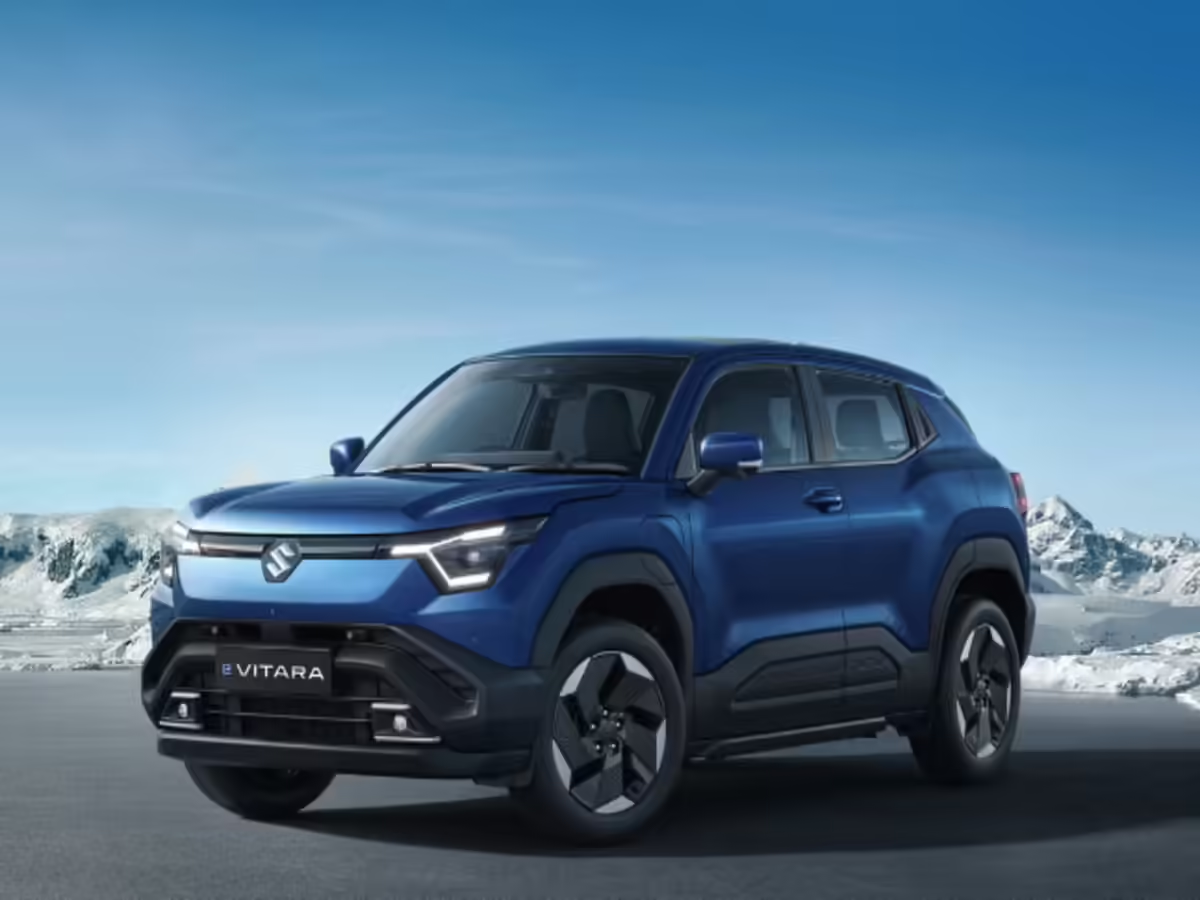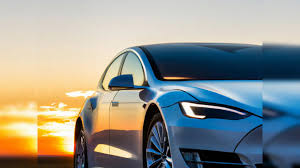
Maruti Suzuki Champions Multi-Powertrain Strategy Amid New Emission Norms and EV Wave
Maruti Embraces ‘Multi Powertrain’ Strategy as Competitors Shift Focus to Electric Vehicles

Maruti’s Unique Approach: Balancing Powertrains in a Shifting Automotive Landscape
In a bold move that sets it apart from competitors, Maruti Suzuki is doubling down on its ‘multi powertrain’ strategy, while many of its rivals are heavily investing in electric vehicles (EVs). This approach aims to cater to a diverse range of consumer preferences and market demands, ensuring that Maruti remains a dominant player in the Indian automotive sector.
Key Highlights
- Multi Powertrain Strategy: Maruti’s strategy includes a mix of petrol, diesel, CNG, and hybrid powertrains, providing customers with a variety of options.
- Market Position: Maruti continues to hold a significant market share, with a focus on affordability and accessibility.
- Consumer Preferences: The company aims to address the varied needs of Indian consumers, who may not be ready to transition entirely to electric vehicles.
Overview of Maruti’s Powertrain Options
| Powertrain Type | Description | Key Models |
|---|---|---|
| Petrol | Traditional internal combustion engines offering reliability and performance. | Maruti Swift, Baleno |
| Diesel | Fuel-efficient engines ideal for long-distance travel. | Maruti Vitara Brezza, Ertiga |
| CNG | Eco-friendly option that reduces emissions and fuel costs. | Maruti Wagon R, Alto |
| Hybrid | Combines petrol and electric power for improved efficiency. |
Why Maruti’s Strategy Works
-
Diverse Consumer Base: India’s automotive market is characterized by a wide range of consumer preferences. Maruti’s multi powertrain approach allows it to cater to different segments, from budget-conscious buyers to those seeking eco-friendly options.
-
Affordability: By offering a variety of powertrains, Maruti ensures that its vehicles remain affordable, which is crucial in a price-sensitive market like India.
-
Infrastructure Readiness: The current charging infrastructure for electric vehicles in India is still developing. Maruti’s strategy allows consumers to choose conventional fuel options while the EV infrastructure matures.
-
Sustainability Goals: Maruti is not ignoring the shift towards sustainability. The company is investing in hybrid technology and CNG vehicles, which align with environmental goals while still providing traditional options.
Competitors’ Focus on Electric Vehicles
While Maruti embraces a multi-faceted approach, competitors like Tata Motors and Mahindra are heavily investing in electric vehicles. This shift is driven by the global push for sustainability and government incentives for EV adoption. However, the transition to EVs presents challenges, including higher costs and the need for extensive charging infrastructure.
Conclusion
Maruti Suzuki’s ‘multi powertrain’ strategy is a testament to its understanding of the Indian market. By offering a diverse range of powertrain options, the company is not only catering to current consumer needs but also preparing for a future where flexibility and choice will be paramount.




